Exploitation, addiction and slavery among Pakistan’s street children

There are a reported 1.5 million street children in Pakistan and according to Unicef, they remain vulnerable to many forms of exploitation, violence and trafficking.
“I worry so much that one of my younger siblings will get kidnapped. Street children have sometimes been raped, killed and their bodies dumped on rubbish tips in the city” explains Fatima*, 13, who lives in a makeshift shelter on the shores of the Ravi river.
Fatima was forced into the streets aged seven, to help support her family of 10. She continues: “I sell flowers on the streets starting at 6pm and return home around 3am, or whenever it gets too cold. There have been times I have feared for my life and occasions where men have tried to coerce me away with them.”
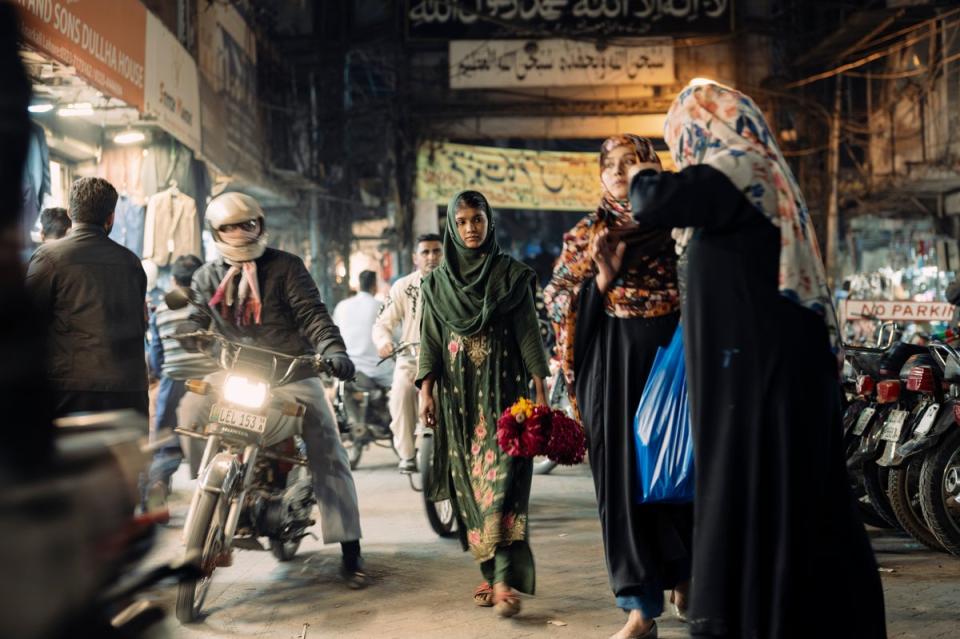
State support comes in the form of the Child Protection & Welfare Bureau, with headquarters in Lahore. Sarah Ahmad, the chairperson for the bureau, says: “Our mission is simply to provide a safe haven for destitute, neglected, abused and run-away children turning them into useful and productive members of society.
“During the pandemic many families lost their income and we witnessed a surge in the number of children forced into the streets to beg. Our anti-begging campaign which was launched in August 2021 rescued hundreds of street children in a single day.”

But, Ahmed*, Fatima’s father, explains: “Our greatest fear is the Child Protection Welfare Bureau itself. They are taking our children from the streets and in turn, our livelihoods as a family. We have no choice but to send our children to the streets to support us.”
Albeit well-intentioned, the rounding-up of street children has presented a whole litany of other issues, including parents who do not have computerised national identity documents (CNIC) – instead sending registered relatives, friends or even strangers to reclaim their children on their behalf.
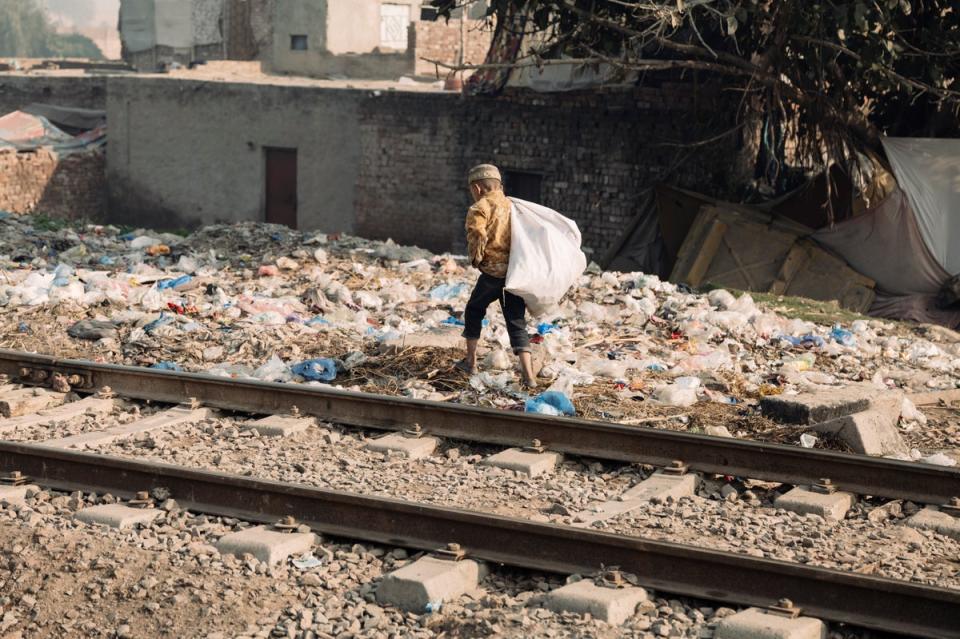
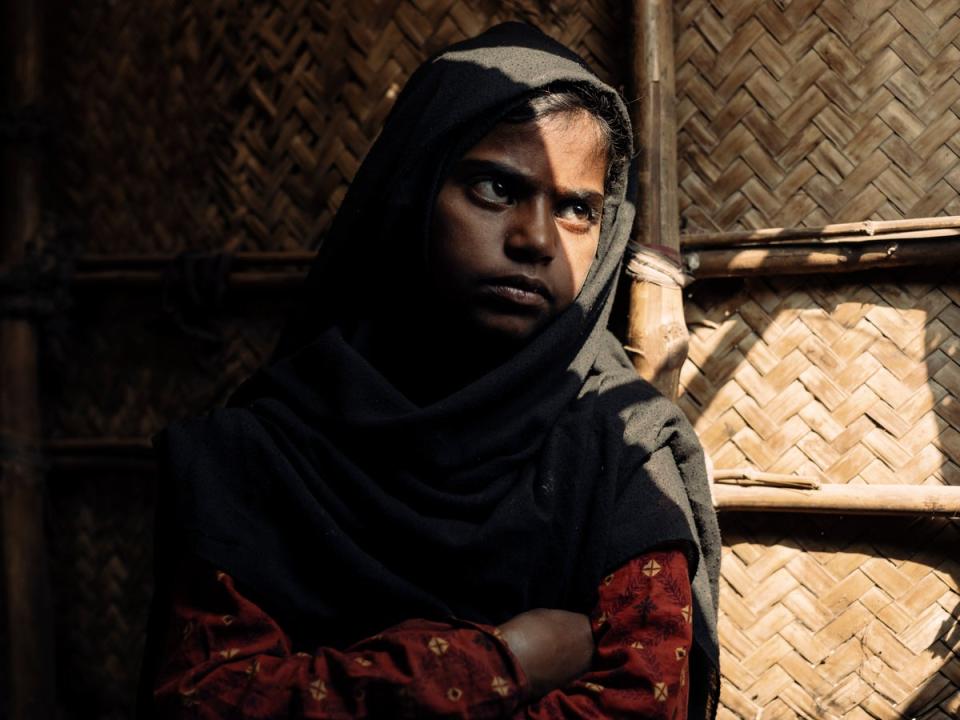
Rahmiya*, 8, is seated in a bright classroom alongside her friends, and smiling, she repeats the English alphabet back to her teacher. She explains: “This is my first time in my life being in a classroom. It’s the highlight of my day coming to this centre. If this centre wasn’t here I would spend all day either taking care of my five brothers and two sisters or begging on the streets to help support my parents.”
The centre located in the slum area of Lahore is a collaboration between a British NGO and their local partner.
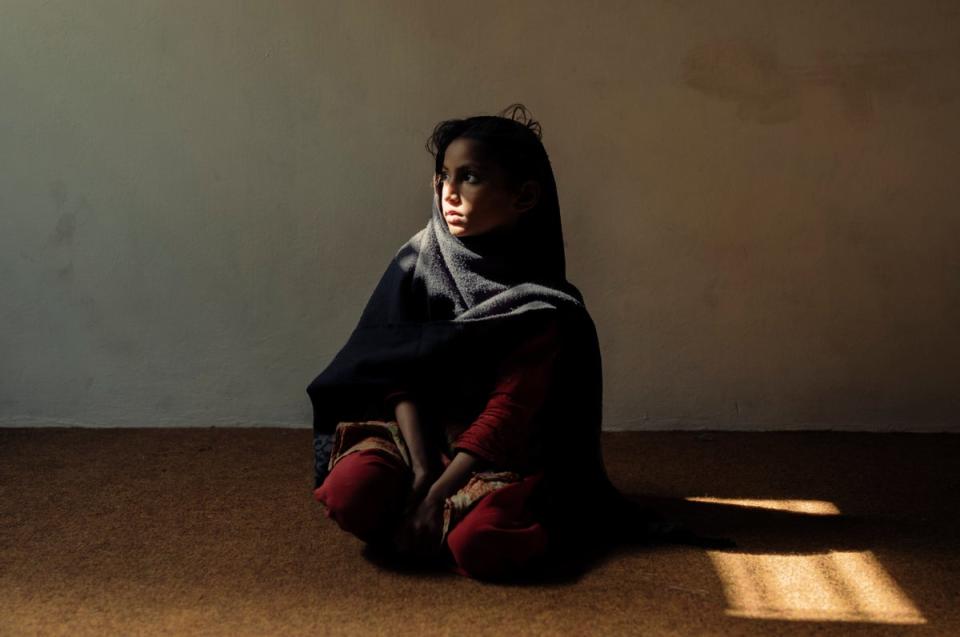
The facility provides a lifeline to the most marginalised of children in the most impoverished areas of Lahore through an accelerated learning programme of non-formal education as well as support to have children formally registered with the government – which will permit them to join mainstream formal schooling in the future.
The collaboration funds two schools situated across two areas – Shahdara and Ravi River. “If a child misses just one day of school our outreach team will conduct a home visit to ensure the child is not at risk or missing,” explains the centre’s project officer.

“We have to do everything in our power to improve the lives of children living on the streets,” explains the local partner. The British charity and its partners have requested to remain anonymous so as not to impact their work.
“The partnership understands the dynamics of families living by the finest of margins and this extends to how some families have no choice but to force their children to become child labourers. Therefore, we work with parents and employers of such children to allow them to attend class.”

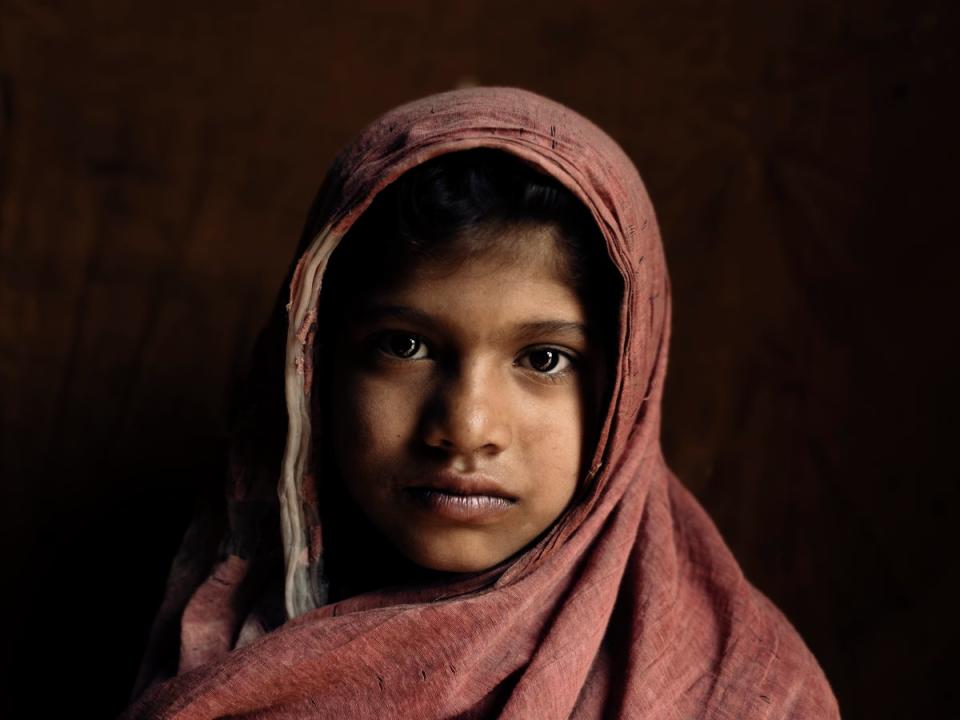
Abdul*, 11, works as an apprentice welder in a metal shop six days a week for a total of 300 rupees (£1.20). The centre approached his employer and negotiated his release for two hours a day of non-formal education.
The issue of child labour in southeast Asia is not isolated to just Pakistan, home to around 3.4 million children workers (aged five to 17). India reports hosting 5.8 million and Bangladesh 5 million children.

In addition, the partnership funds vocational training for youth, school feeding programmes, psychosocial support and medical care.
This includes identifying substance abuse. Dr Ahmed Nadeem, the medical officer at the Child Protection and Welfare Bureau, explains: “Without doubt we are witnessing an alarming increase in the number of street children coming through the system with moderate to severe drug abuse. Children injecting heroin by the ages of ten years old is no longer uncommon.”
In a dried-out canal in the centre of the city, a drug user aged 14, who wished not to be named, snorts heroin. “I dropped out of school and I have nothing to do. I started using drugs around the age of nine, due to peer pressure. I would love to get assistance to stop using drugs but there is no support for us,” he says.

A representative from the Ministry of Social Affairs in Lahore explains: “Yes you could say there is an opioid epidemic in Pakistan. There are many hands involved through the chain, and our central government in conjunction with the anti-narcotics department is committed to addressing the issue of supply.”
“The problem of drug addiction in Pakistan is very real,” says Dr Noor Zaman Rafeeq, head physician at a private rehabilitation clinic. “We have entire families injecting heroin here in Punjab. There are an estimated 80,000 substance users in Lahore and there is not yet enough state support. I remain hopeful for the future. Until, however, that support is available, very few families can afford the six-month rehabilitation which costs £1,500.”
Only 34 per cent of children under five are registered at birth nationally and therefore forfeit rights normally afforded to them. The economic challenges they face mean they will continue to fall through the cracks of society – vulnerable to every type of exploitation imaginable.
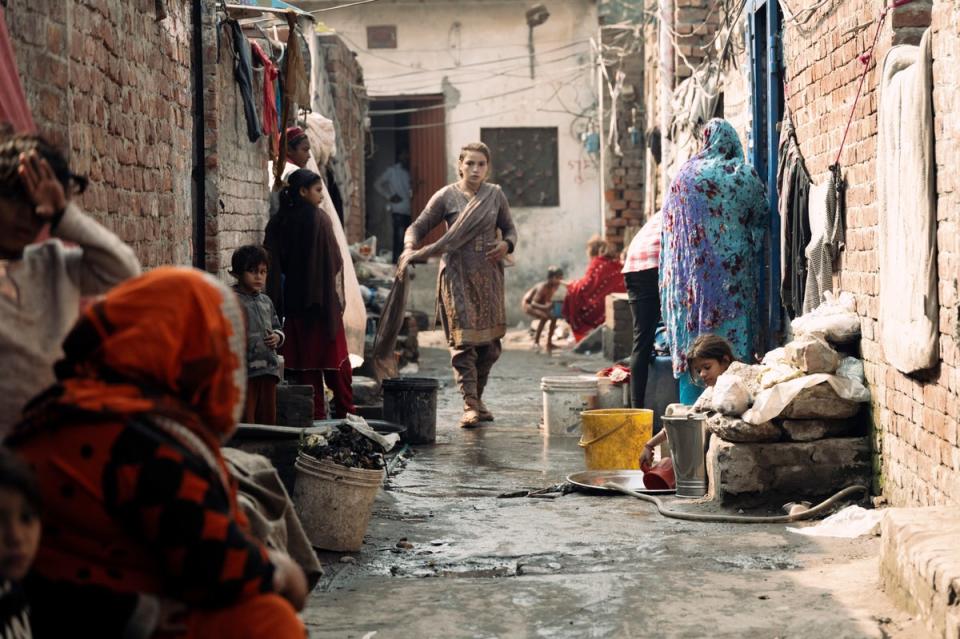
Today, despite government efforts to create a more inclusive education system, an estimated 22.8 million children still remain out of school in Pakistan – the second highest in the world. A child in a classroom is less vulnerable than one who is not.
“My dream is to study, that’s all,” explains Aleena*, 13. “After my mother died, I was forced to drop out of full-time schooling and became responsible for carrying out household chores whilst my father worked. If this school wasn’t here I would have no education and no dreams.”
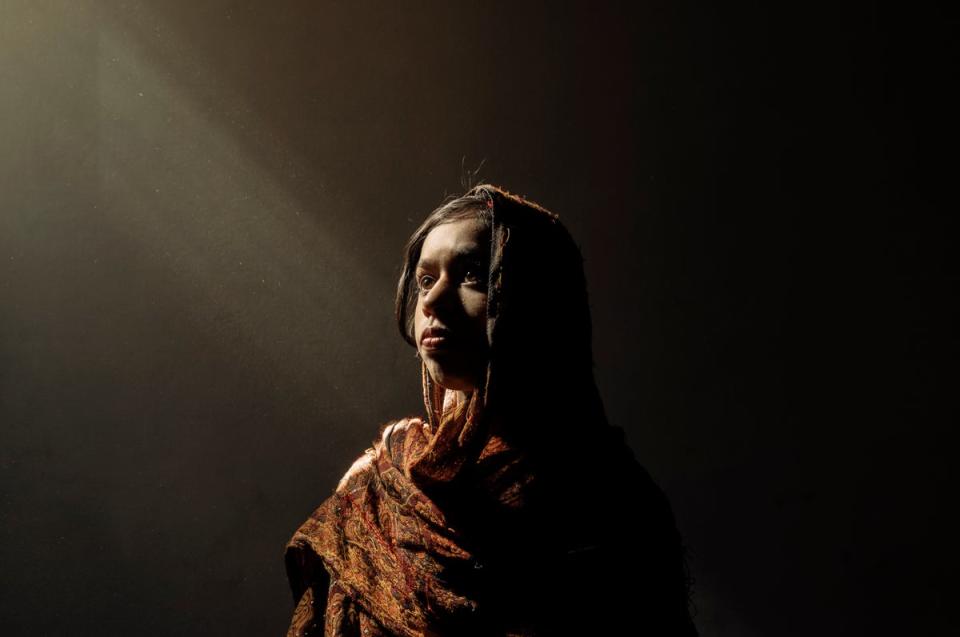
Aid agencies and non-governmental organisations on the ground remain committed to work with Pakistan authorities to address the needs of the marginalised, however operating as a charity in Pakistan is not without its challenges.
In 2018 the government expelled 18 international aid groups from the country. The expulsions reflect what aid workers say is a hardening toward human rights-based organisations that provide health care, education and food assistance as well as working on women’s rights and free speech issues.
*All names and ages have been changed to protect the individuals

 Yahoo Movies
Yahoo Movies 
